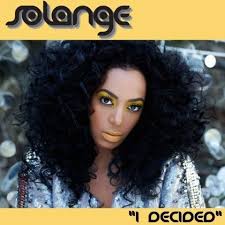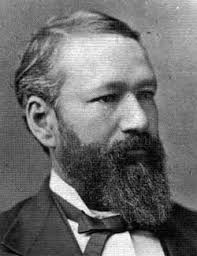 Marie Laveau (c. 1801-1881), also written as Laveaux, was the most famous voodoo queen of New Orleans. She was at her height from the 1830s to the 1850s and has since become a figure of legend. There are at least eight songs about her, like “The Witch Queen of New Orleans” (1971) by Redbone. She even appears as a character in Marvel Comics (as a white witch in black latex). If you visit her grave and draw “XXX” on it with chalk you can make a wish.
Marie Laveau (c. 1801-1881), also written as Laveaux, was the most famous voodoo queen of New Orleans. She was at her height from the 1830s to the 1850s and has since become a figure of legend. There are at least eight songs about her, like “The Witch Queen of New Orleans” (1971) by Redbone. She even appears as a character in Marvel Comics (as a white witch in black latex). If you visit her grave and draw “XXX” on it with chalk you can make a wish.
She had a daughter of the same name who looked very much like her. She is known as Marie Laveau II, also a voodoo queen. It is hard to tell where the mother leaves off and the daughter begins. It seems likely the daughter took over in the 1860s.
As a voodoo queen Laveau healed the sick, told fortunes and sold gris-gris, a voodoo charm. For $10 you could buy a love powder. For up to $1000 she would use voodoo to help you win an election. She sported a snake.
Some say her power came less from voodoo or any kind of magic and more from knowing the right things about the right people: she was a hairdresser who worked for the wives of the top men in New Orleans. It seems likely she knew all about their love affairs and business deals – either from the wives themselves or from their servants.
It is hard to know where fact ends and fiction begins with her. In what seems to be the truest story a man came to her desperate because his son was about to be sentenced to death by a judge. He offered to give her a house. A few days later, to everyone’s surprise, the son got off.
She was Creole, one of the French-speaking people of New Orleans, and a quadroon too, meaning she was one-fourth black: her father was a white planter, her mother was half white and half black (and maybe part Native American too). Laveau was a free person of colour: she could own property but could not marry a white person.
She married her first husband in 1819, Jacques Paris, a free person of colour who fled the slave uprisings in Haiti. He died a year later and she became a hairdresser known as Widow Paris. Her next husband was Christophe Glapion. Because he was white their marriage was a common law one. Some say she had 15 children, but others say that some of those were her sister’s, also named Marie Laveau.
Laveau was a believing Catholic and even went to mass every day. It was common in those days for people to believe in both Catholicism and voodoo at the same time.
There were sightings of her after she died. Some may have been her daughter, but some took place even after she had died too. Laveau’s ghost is said to appear on St John’s Eve, June 23rd, wearing a handkerchief with seven knots.
– Abagond, 2010.
See also:
- voodoo
- Creoles
- Catholic
- Haiti: a brief history
- Redbone: Witch Queen of New Orleans
- diunital cognition – how Laveau could be sincerely both a voodoo queen and a devout Catholic
























